Cham culture once played an important role in the Central region, contributing to the cultural diversity of Vietnam and the world . Phu Yen, one of the areas with many Cham relics, is famous for Nhan tower, Ho citadel and Ba mountain relic. (In the photo is Nhan tower located in Tuy Hoa city)
Ba Mountain is located in Tay Hoa district, Phu Yen province, 60m high, close to the southern bank of Da Rang river, opposite Ho citadel. In the early 20th century, archaeologist H. Pacmentier noted that the relic had collapsed, leaving only traces of the Cham tower, on the tower's foundation built Ba Pagoda. He listed six important artifacts, including a terracotta Buddha statue, a stone stele with Cham characters, statues of Laksmi, Siva, Ganesa and a lion-carved ear. (Photo: document)
In 1990, the Institute of Archaeology coordinated with Phu Yen Museum to survey and discover a square tower foundation with a side of 8.6m, a wall 2.3m thick, along with many architectural materials and sculptures. In 1993, while constructing the electric pole, the "fire-fighting excavation" continued to find valuable artifacts such as Makara, Nandin, Garuda, Naga, lotus reliefs, roof pillars, human face statues and especially Kala. (photo: document)
After excavation, the Kala Nui Ba relief was received by Phu Yen Provincial Museum in 1993. The age of Kala was determined to be around the 14th century. (photo: document)
According to the dossier submitted to the Government for approval of the National Treasure, the Kala relief is a Champa-era stone sculpture, made of Ryolit (a type of igneous rock). The dimensions of Kala Nui Ba are 60cm high, 44cm wide, and 17cm thick. It weighs 105.5 kg. In terms of shaping characteristics, the Kala relief is crafted on a leaf-shaped stone block, with a flat base and a pointed top. The front side shows Kala's face looking straight ahead.
Kala has a wide mouth, with 8 large, long, embossed teeth protruding outward, including 2 canines and 6 incisors; the 2 canines on either side are longer and pointed. The upper lip is curved, and the beard around the mouth is thick, arranged in straight lines. On each side of the mouth, there are 3 short horns growing from the bottom up.
In Champa art, Kala represents the god Siva - the Hindu symbol of destruction and regeneration, representing the cycle of birth and death. This is a treasure of special value in Champa religion, belief and architecture.
On the morning of April 1, the Provincial People's Committee held a ceremony to announce the Prime Minister's Decision to recognize the Kala Nui Ba relief as a national treasure. This is one of 33 artifacts and groups of artifacts recognized as national treasures according to Decision No. 1712/QD-TTg, dated December 31, 2024.
Source: https://baolangson.vn/cuoc-khai-quat-phu-dieu-kala-nui-ba-bao-vat-quoc-gia-dau-tien-cua-phu-yen-5042887.html


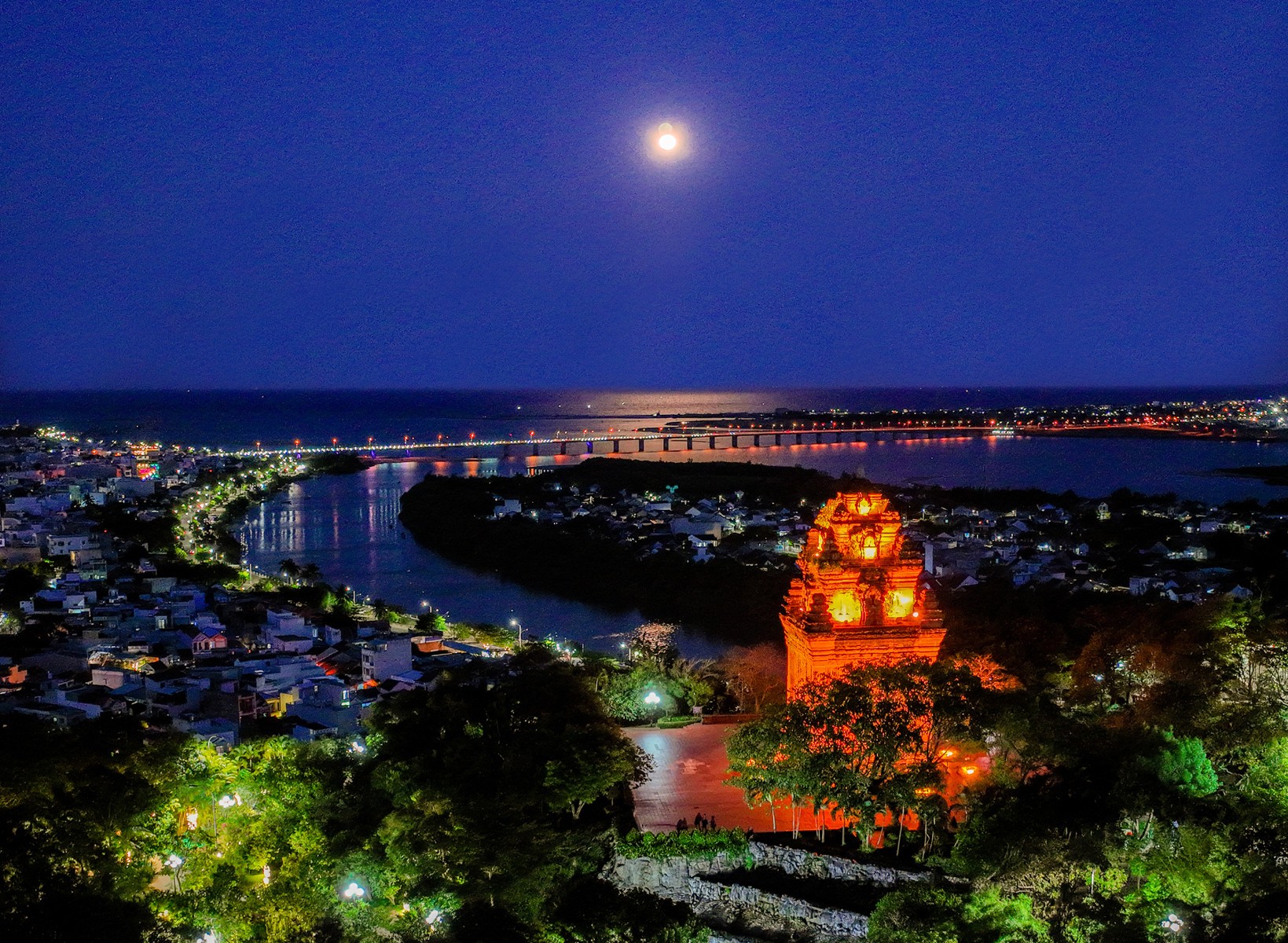
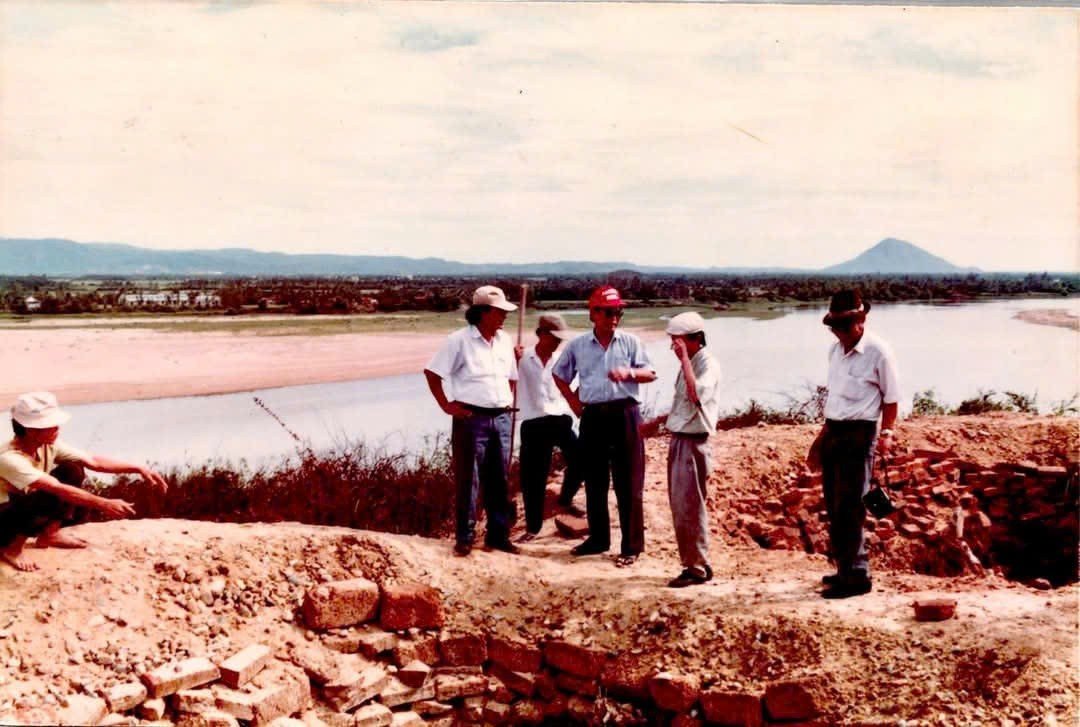
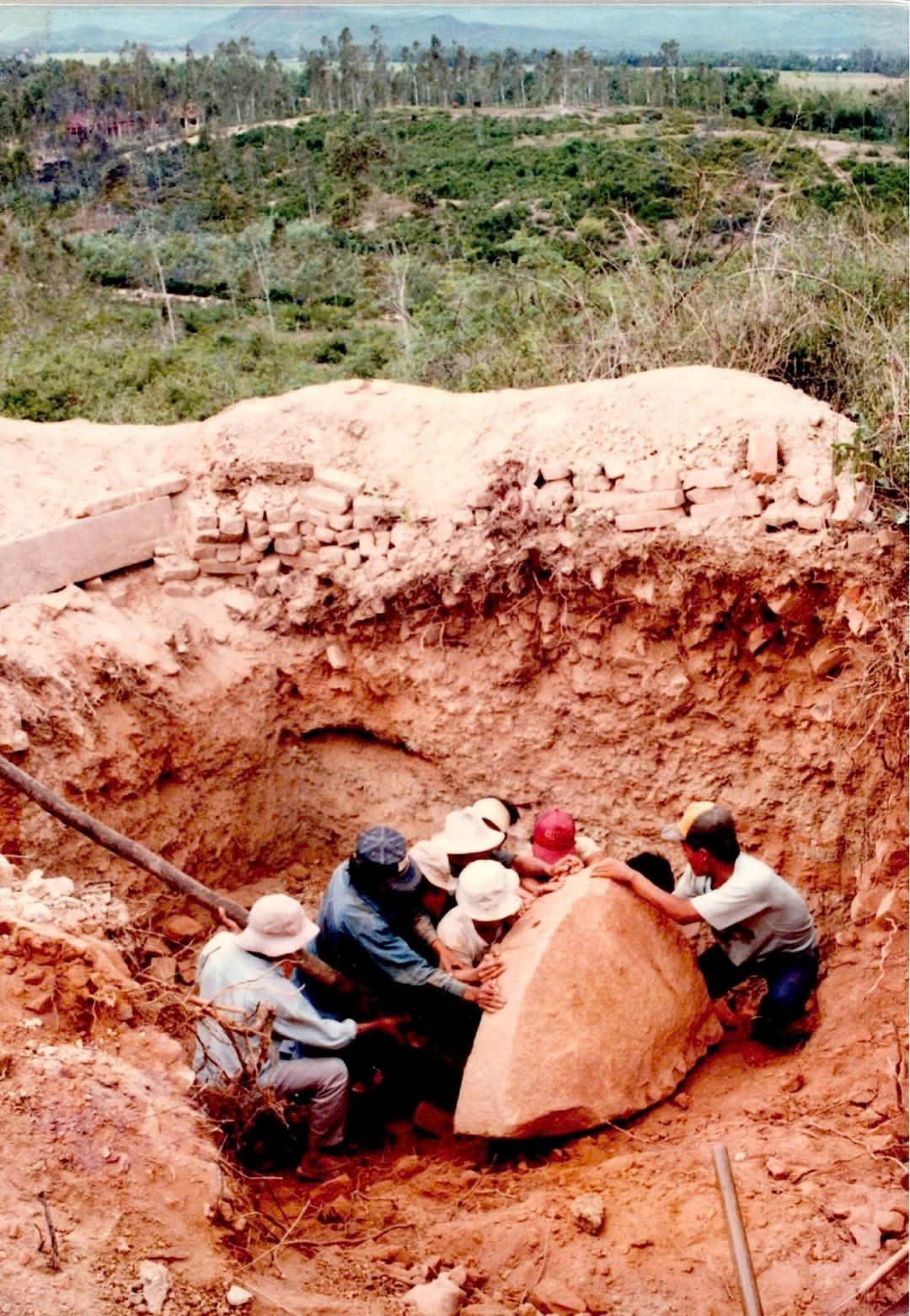
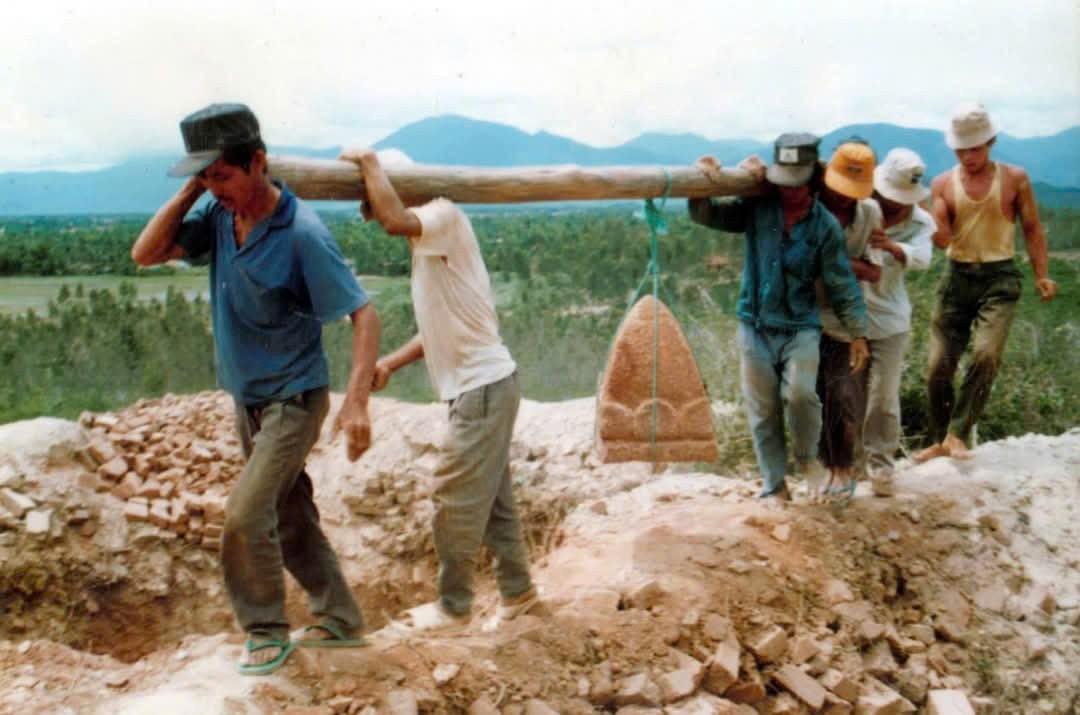

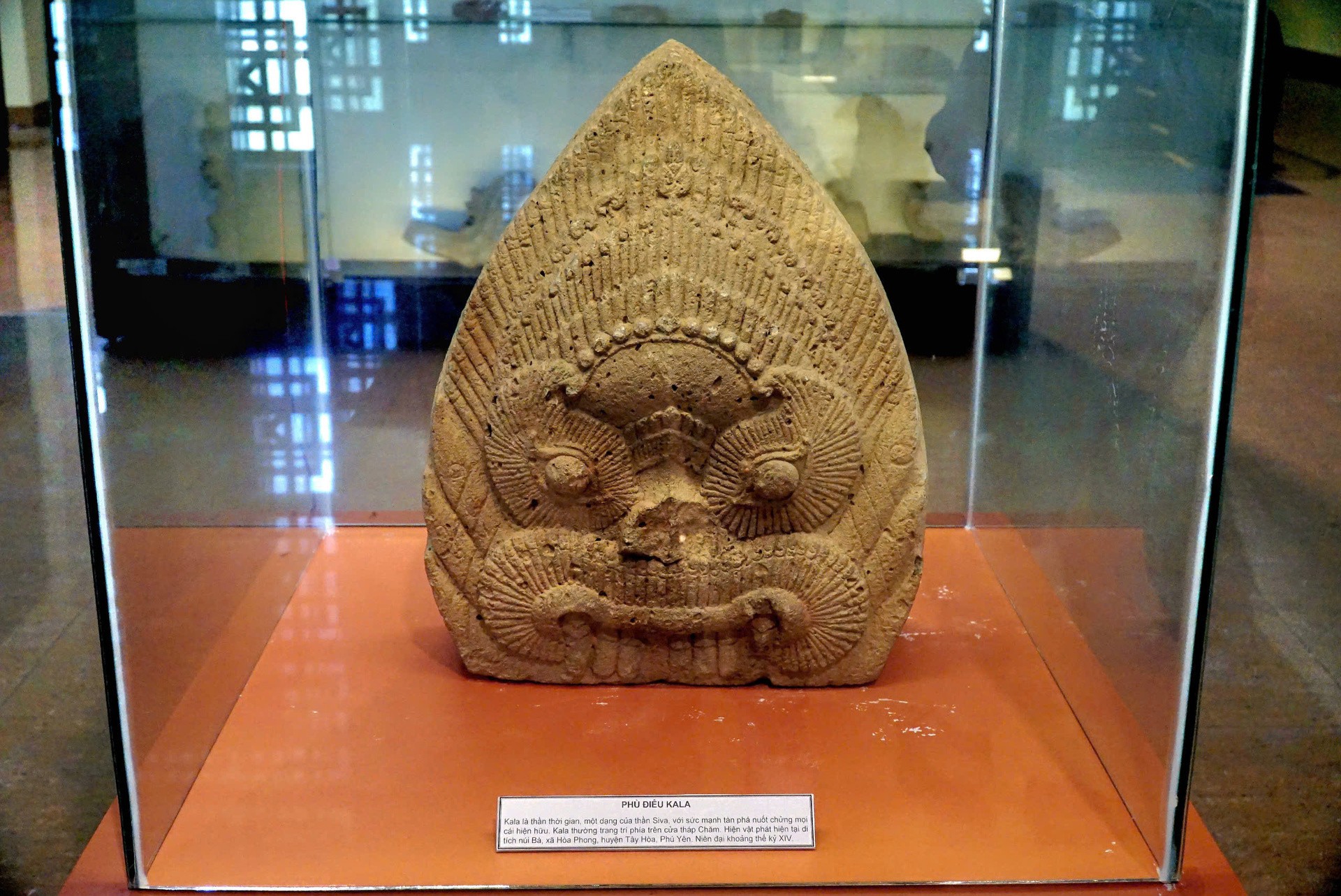
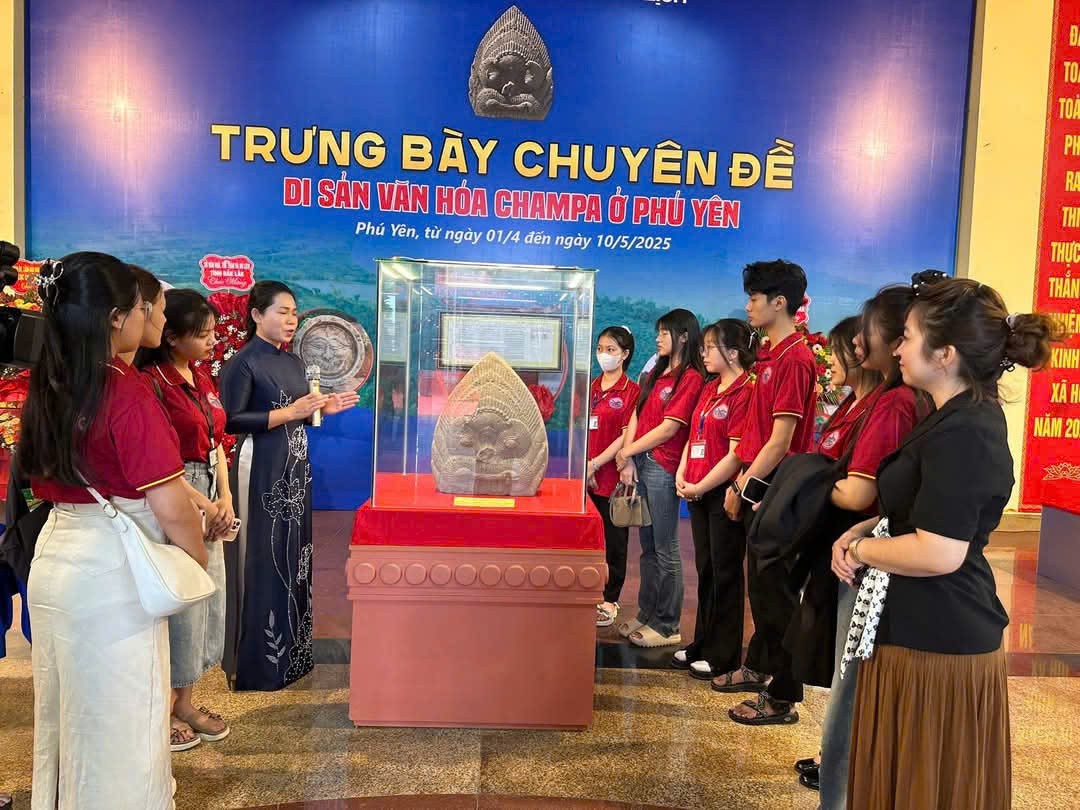
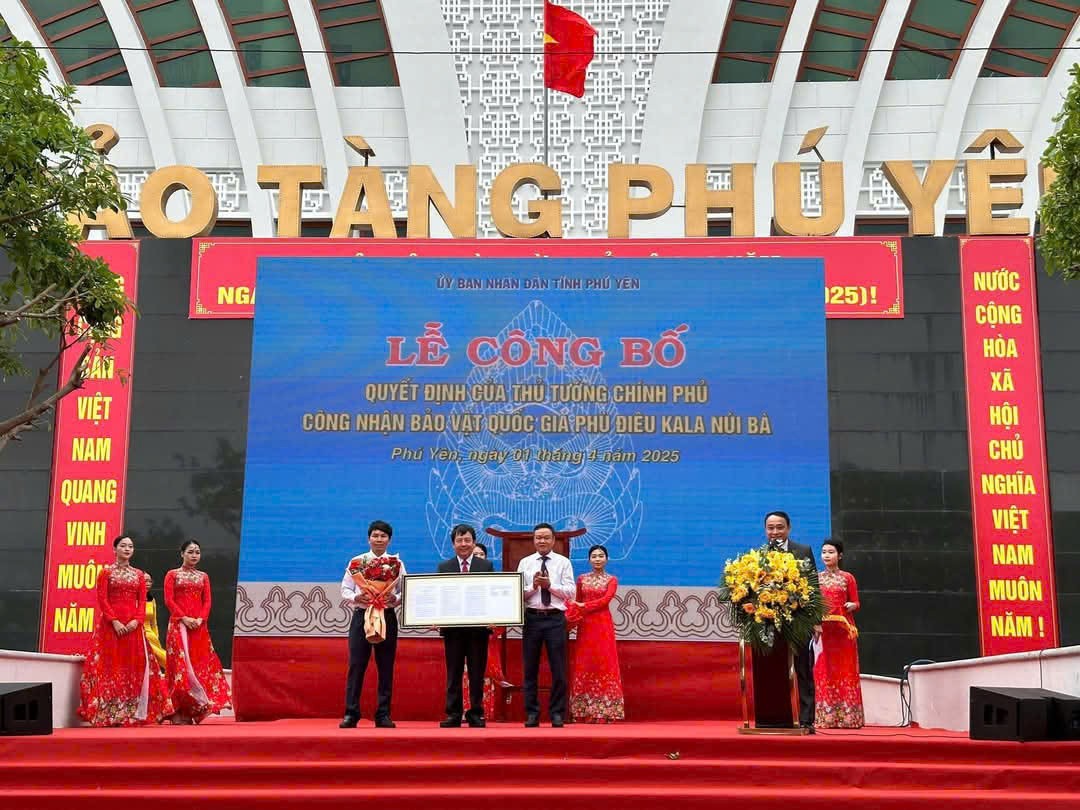
![[Photo] Ready for the top competitions of Vietnamese table tennis](https://vphoto.vietnam.vn/thumb/1200x675/vietnam/resource/IMAGE/2025/5/18/9c547c497c5a4ade8f98c8e7d44f5a41)



![[Photo] Party and State leaders attend the special art program "You are Ho Chi Minh"](https://vphoto.vietnam.vn/thumb/1200x675/vietnam/resource/IMAGE/2025/5/18/6895913f94fd4c51aa4564ab14c3f250)
![[Photo] Many young people patiently lined up under the hot sun to receive a special supplement from Nhan Dan Newspaper.](https://vphoto.vietnam.vn/thumb/1200x675/vietnam/resource/IMAGE/2025/5/18/6f19d322f9364f0ebb6fbfe9377842d3)
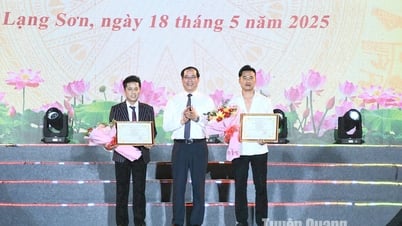

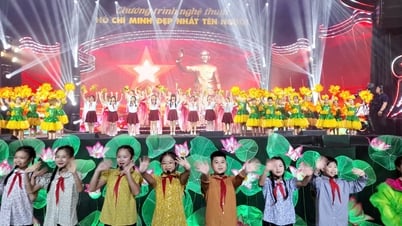

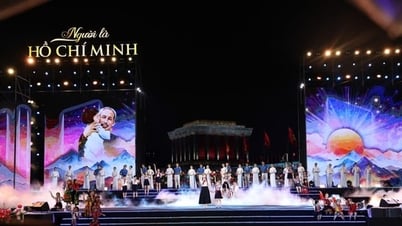

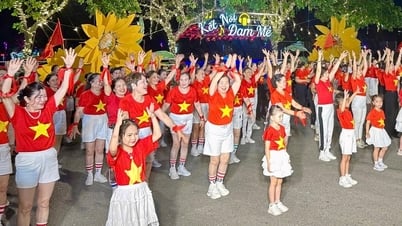

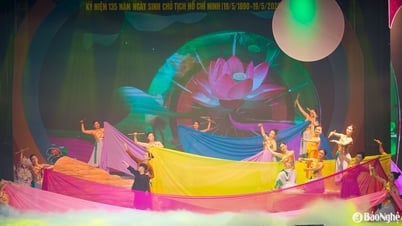

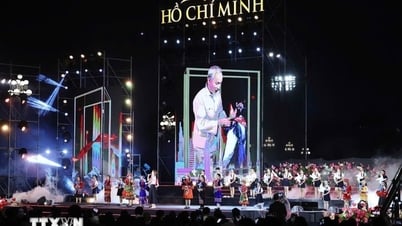





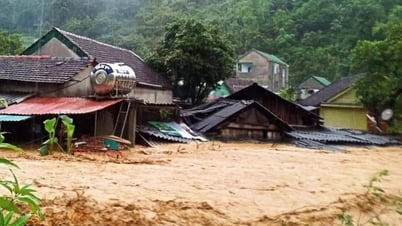


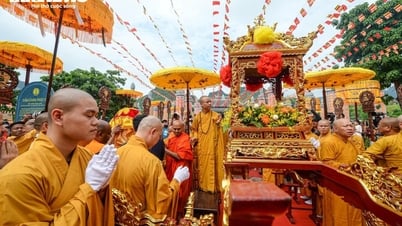




















































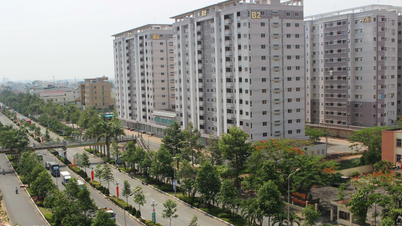

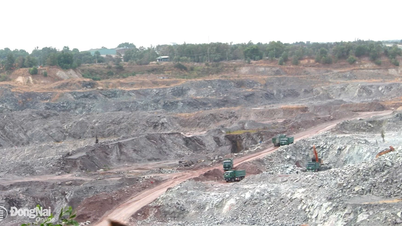
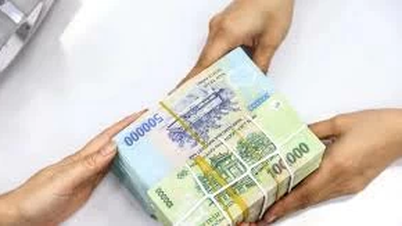









Comment (0)